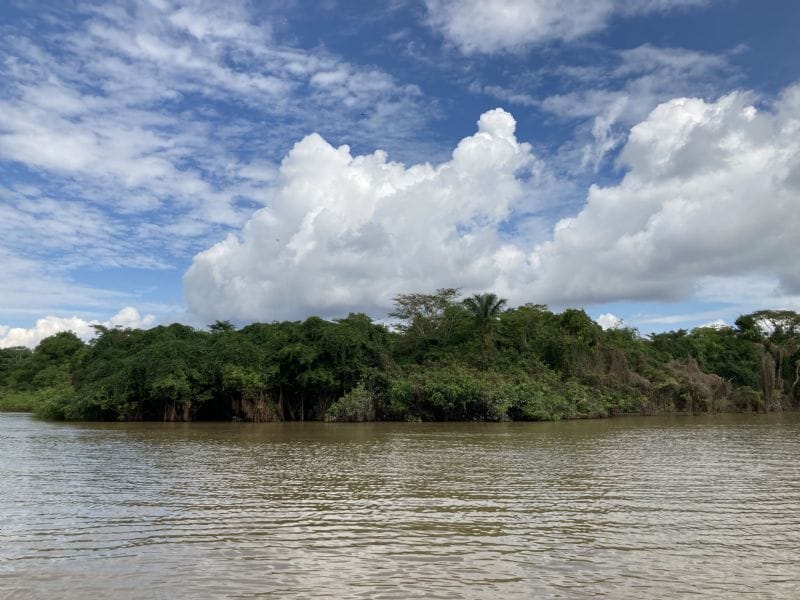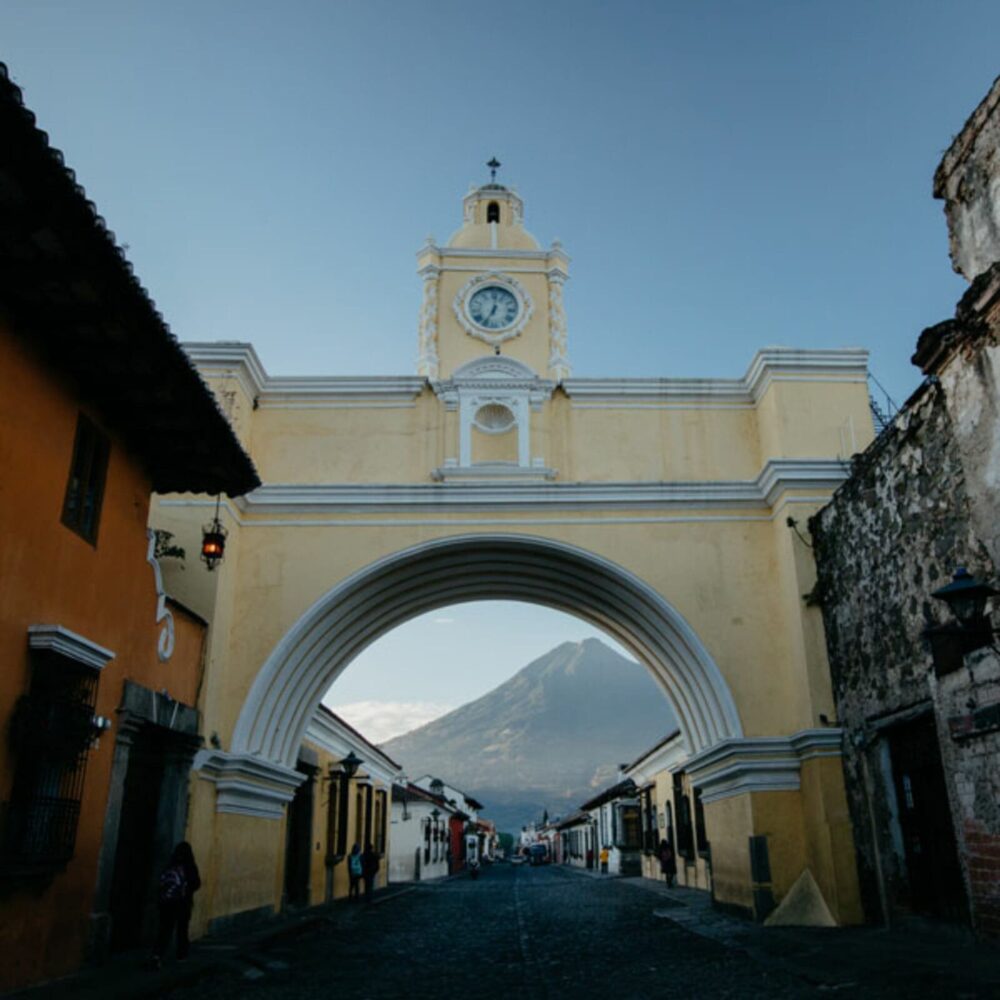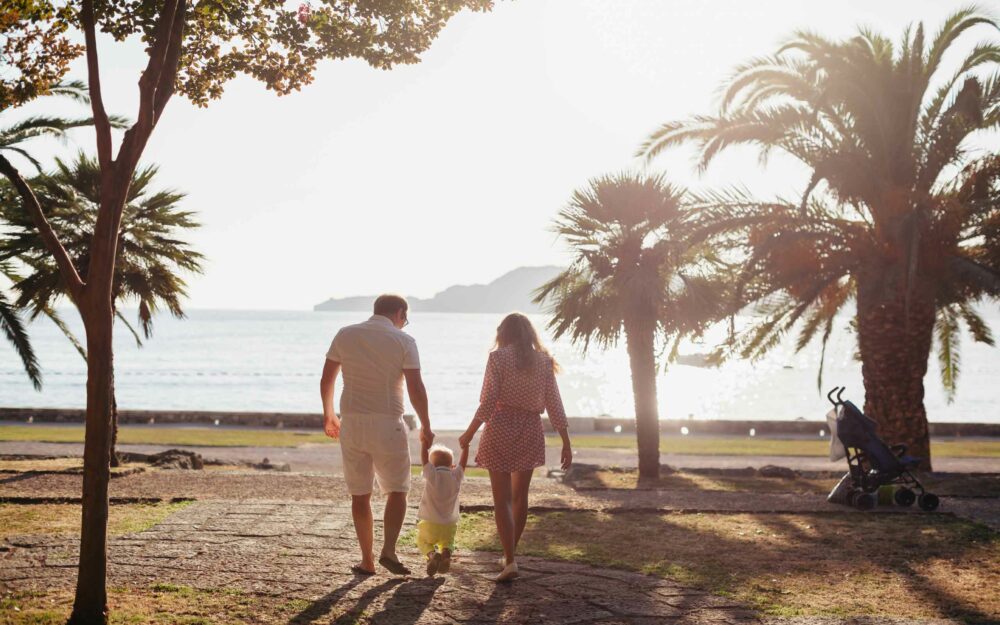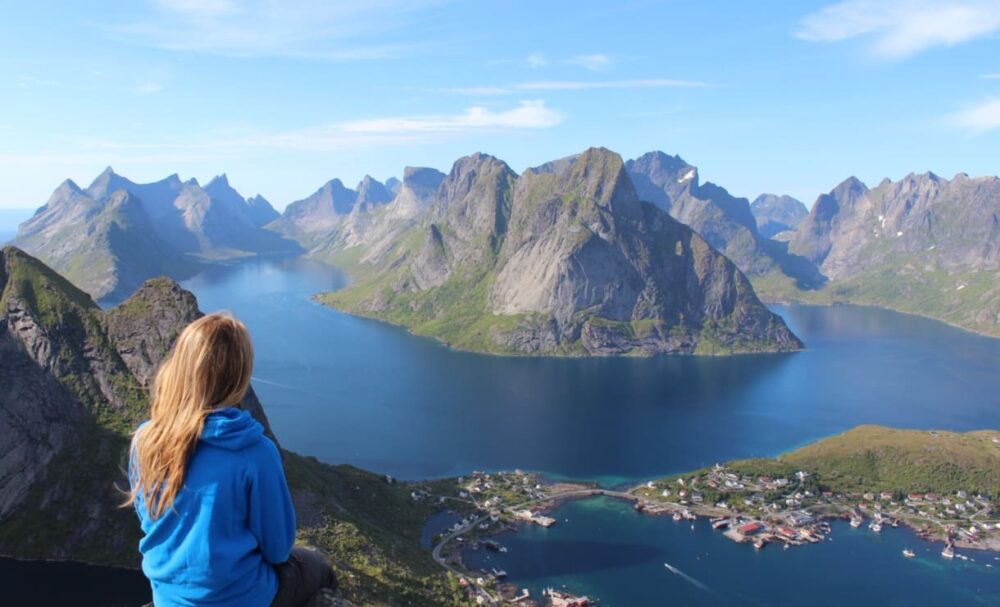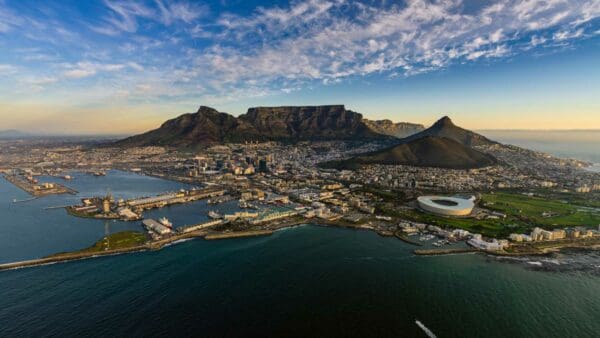Back in July, the middle of the South American winter, a series of trips took us all around Peru. Here is a hint of what our month felt like:
We meandered down the Pacific Coast Highway (the “Pan-American Highway”) through some of the driest deserts on earth, at one point bouncing along a dirt track with a mountain of sand to our left and the cold waters of the Pacific crashing into the rocks on our right. We mounted airplanes that struggled to crest the towering nevados (snowy summits) of the Andes, and traversed Amazonian tributaries on boats captained by third-world taxi drivers. We squeezed ourselves into little “tuktuks” (three-wheeled motorcycles) and bounced down cratered village roads to find churches bursting at the seams and hungry for the Word.
One fascinating thing about each of these distinct regions (costa/coast, sierra/mountains, selva/jungle) is that the weather is not at all what you might expect:
Chilly Coastal Deserts
Ica and Ventanilla are populated places located in extremely arid regions with little to no rainfall each year, and although they border the Pacific Ocean the ground is as desolate and sandy as the Sahara Desert. Our visits to a number of churches in these locations were marked by cool, cloudy, damp days, and hot drinks and thick blankets at night. The believers we met were mostly poor, but friendly, joyful, and hungry for the Word!
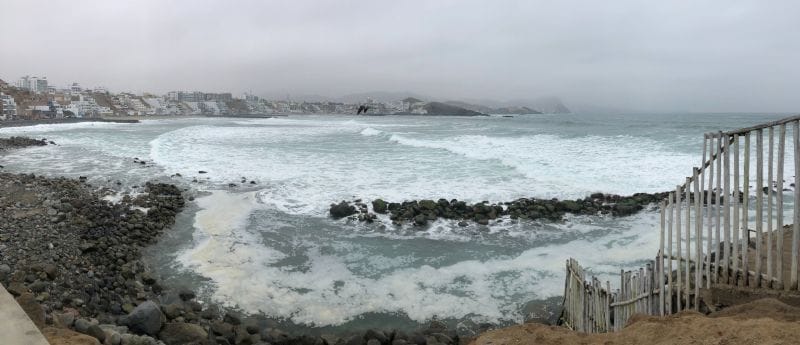
Andean Sunburn
One of the odd things about living in Peru is that it can be two opposite seasons at exactly the same time, depending on your altitude. For instance, when it is Winter on the coast (Jun-Sep), it is universally considered to be “summer” in the vast Andes mountain regions. This is due to the dry season, when it is sunny and warm nearly every day. In the actual Summer (Dec-Mar), the mountains experience daily monsoon rains, making it feel consistently cooler. Thus, to escape the dreary days of Winter on the coast, you only have to drive (or fly) up into the Andes to sunbathe (sunburn!) in the mountains.
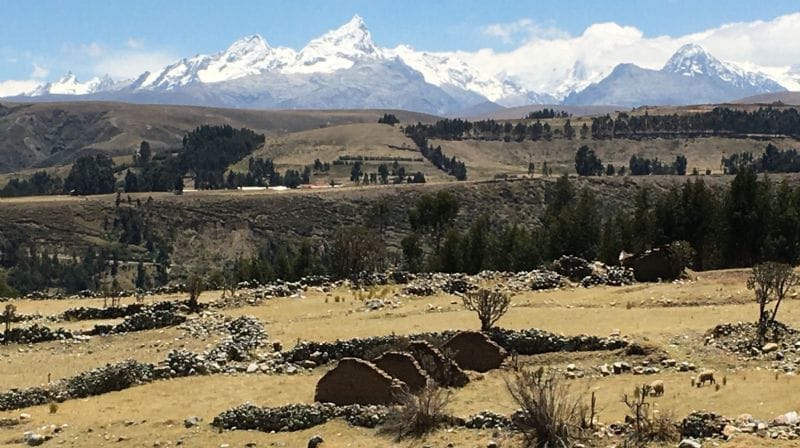
Antarctic Air in the Amazon
Puerto Maldonado and Iquitos are two Peruvian jungle cities in opposite corners of the nation. The first is far to the southeast, near the border with Brazil and Bolivia, while Iquitos is in the far northeast, not far from Colombia and Brasil. Certain times of the year, cold fronts from far to the south (Patagonia, Argentina) push their way north even into the Amazon basin. Although we just missed the brunt of one of the cold fronts, we were still blessed to have cooler than normal weather during our ministry trips to both of these cities!
